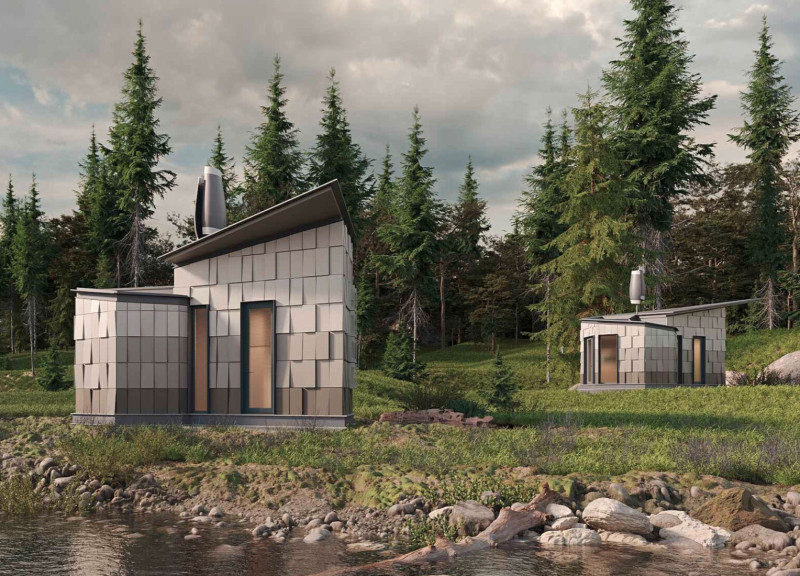5 key facts about this project
The design is characterized by a meticulous attention to detail and an understanding of the local environment. By using materials that resonate with the geographical context, the architecture reflects a sensitivity to its location. The use of concrete as a primary structural element provides a strong foundation, while the incorporation of glass facades allows natural light to flood the interiors, creating a warm and inviting atmosphere. The interplay of transparency and solidity in the design establishes a dialogue between the indoor and outdoor environments, making the structure feel both grounded and open.
Functionally, the project accommodates a variety of uses, tailored to the demands of its occupants. The spatial planning promotes fluidity between different areas, allowing for a seamless transition from public to private spaces. This intentional layout not only enhances the user experience but also encourages social interaction among users, ultimately fostering a sense of community. The design emphasizes adaptability, with flexible areas that can be reconfigured for different purposes, which is essential in today's ever-changing social landscape.
One of the unique aspects of this project is its approach to sustainability. The architectural design incorporates green roofs, optimized energy performance specifications, and water-efficient landscaping. These features demonstrate a commitment to reducing the environmental impact of the building while providing ecological benefits — such as improving air quality and enhancing biodiversity. By prioritizing sustainable practices, the project reflects a forward-thinking ethos that acknowledges the importance of environmental stewardship in modern architecture.
The exterior design stands out due to its thoughtful composition of materials and forms. The careful arrangement of wood accents combined with the robust concrete structure creates a textural richness that is visually pleasing. This layering of materials adds depth to the overall image of the building, providing a unique character that distinguishes it from nearby structures. Additionally, the use of local stone in certain areas reinforces the connection to the regional context, celebrating the natural resources of the area.
Inside, the architecture continues to impress with its consideration of light and space. The high ceilings and open layouts contribute to a sense of expansiveness, while strategically placed windows allow for ample daylight and views of the surrounding landscape. The interior finishes are selected not only for aesthetic appeal but also for their durability and low maintenance, ensuring that the spaces remain functional and engaging over time.
As a whole, this architectural project encapsulates a holistic approach to design, where aesthetics, functionality, and environmental consciousness are harmoniously integrated. It serves as a model for future developments by demonstrating how architecture can play a transformative role in both the built environment and community dynamics. For those interested in gaining a deeper understanding of this project, exploring the architectural plans, sections, and design ideas will unveil further nuances that highlight the architect's vision and the thoughtful execution of the design. Take the opportunity to delve into the details of this project presentation and discover the architectural strategies that define this compelling work.


 Heorhii Avdieienko,
Heorhii Avdieienko,  Olexandr Ostapchuk
Olexandr Ostapchuk 























